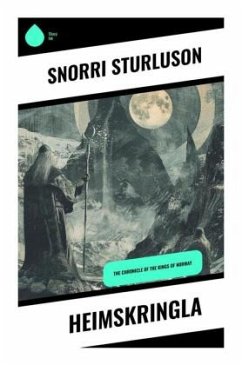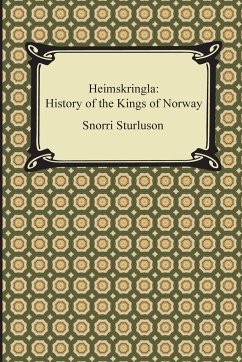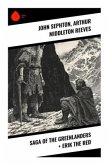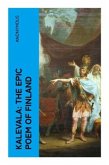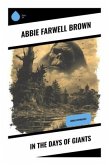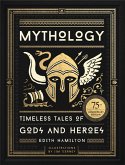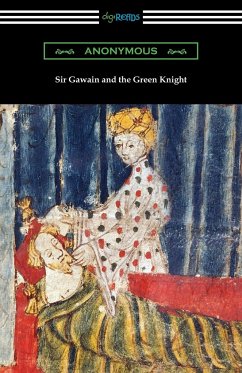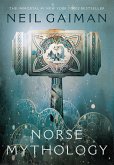Heimskringla, penned by the renowned Icelandic chieftain and historian Snorri Sturluson, stands as a monumental work in the saga literature tradition, detailing the history of the Norwegian kings from legendary times to the early 12th century. Written in a compelling prose style interspersed with poetic forms, Sturluson's narrative blends mythological elements with historical accounts, providing insights into the cultural and political dynamics of medieval Scandinavia. The structure of Heimskringla reflects an intricate examination of power, lineage, and the moral consequences of rulership, contextualized within the Norse belief systems and the socio-political landscape of the time. Sturluson, born into a powerful family in Iceland around 1179, was well-versed in the oral traditions and sagas of his forebears, fostering a deep appreciation for both history and storytelling. His personal experiences, including political conflicts and travels, greatly influenced his desire to preserve the history of his ancestors and impart lessons from their lives. As a writer and a politician, Sturluson was uniquely positioned to create a narrative that served as both a historical record and a moral compass for future generations. Heimskringla is an essential read for anyone interested in Norse mythology, Viking history, or the evolution of literary storytelling in medieval Europe. This profound work not only illuminates the lives of iconic figures such as Harald Fairhair and Olaf Tryggvason but also invites readers to reflect on the complexities of heritage and legacy in shaping identity.
Bitte wählen Sie Ihr Anliegen aus.
Rechnungen
Retourenschein anfordern
Bestellstatus
Storno

